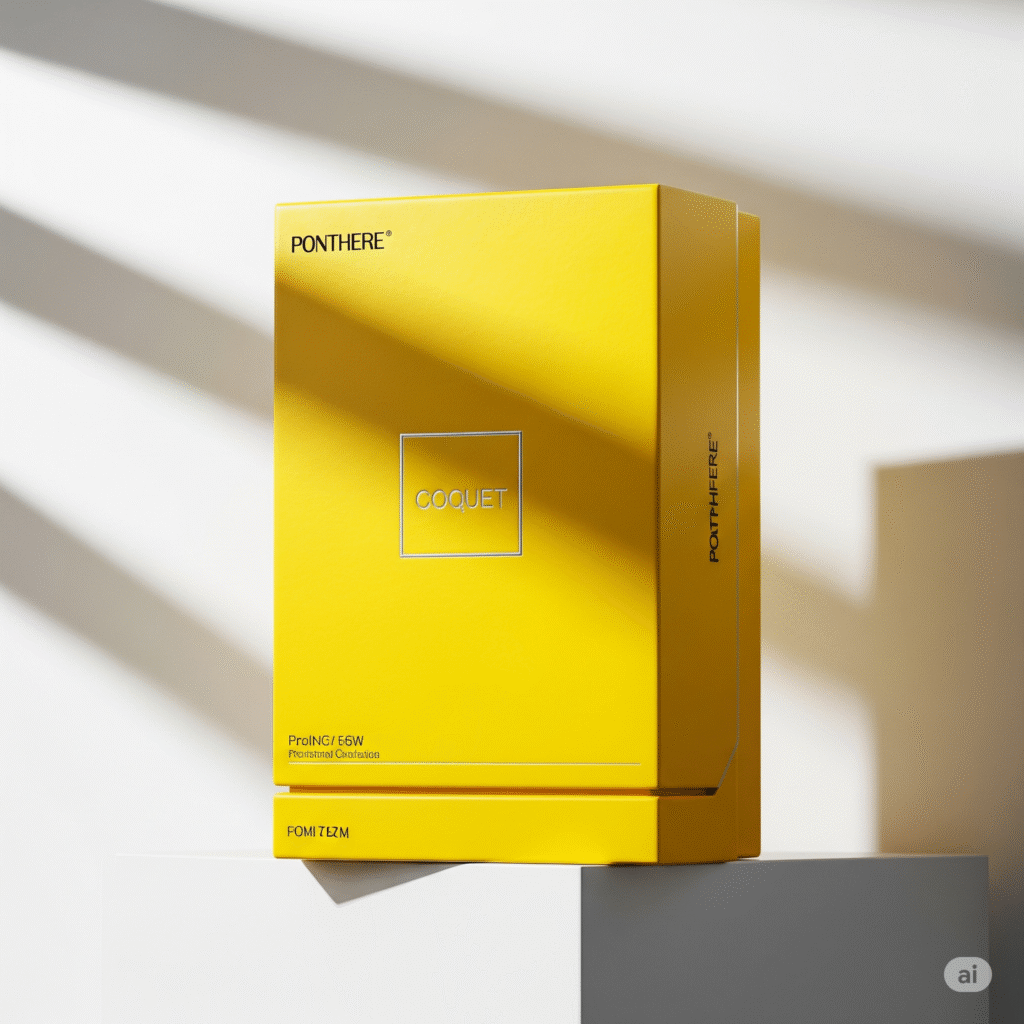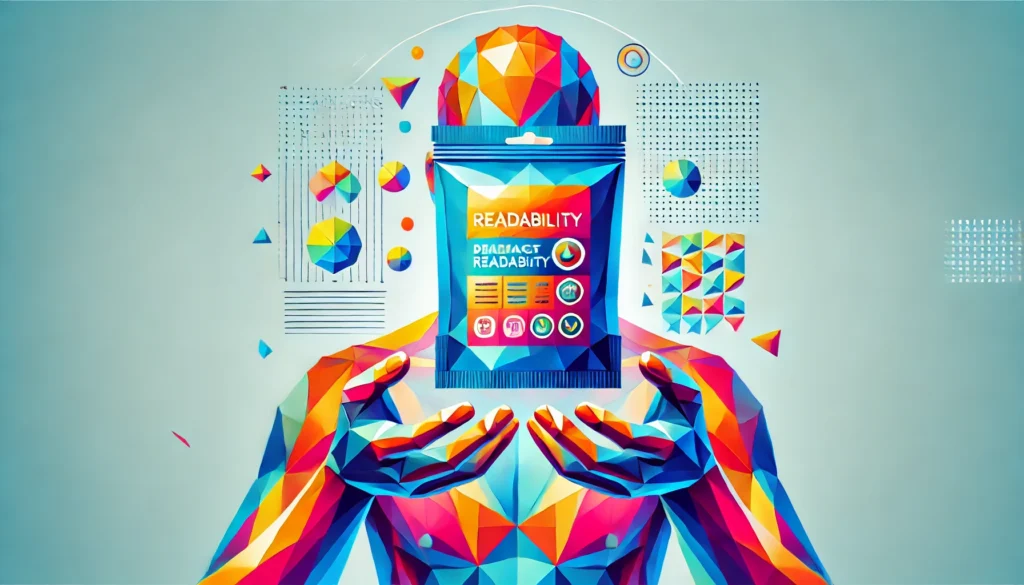Click. Convert. Sell.
7 Ways to Boost Clicks & Sales with Digital Shelf Packaging
Stand out. Sell more online.
Marked Communications | 25-06-2025

Table of Contents
7 Ways to Boost Clicks and Sales with Digital Shelf Packaging
Shopping is forever changed. Your customers don’t stroll down store aisles to discover your products anymore. Instead, they scroll through screens, viewing small product images and reading brief descriptions. This form of shopping is referred to as the “digital shelf,” and it’s where your brand is made or lost.
What is Digital Shelf Branding?
Consider the digital shelf as your virtual store window. It’s wherever your product is visible online – Amazon, your website, social media, and other shopping sites. Your packaging design needs to perform just as hard on a phone screen as it does on a physical shelf.
The huge difference? Online, customers can’t touch your product, see it close-up. They’re making a purchasing decision based on a small picture and some text. That means your packaging design has approximately 3 seconds to grab someone’s attention and make them click.
Why Your Packaging Design Matters More Than Ever
When a person buys something online, he looks at dozens of comparable products simultaneously. Your packaging is likely the first thing to halt his scrolling. Packaging Designs on websites must be legible and look good when viewed as small thumbnail images.

Good digital shelf branding can boost your sales by as much as 30%. Poor branding renders your product invisible, regardless of how great it really is. Competition is literally one click away, so packaging must perform more than ever before.
Critical Components of Digital Shelf Packaging Design
Make It Scannable
Online graphics are ‘scannable’ when items such as your logo, your key product information, and your key benefits are readily apparent. Your customers are scrolling quickly. They must know what your product is and why they should care in a matter of seconds.
Use bold, legible fonts that will be readable on small screens. Place your most critical information in the center of your packaging so it won’t be truncated in thumbnail shots. Design your package like a billboard – it must convey well from a distance.
Emphasize Benefits, Not Just Features
Don’t just list what your product does. Show people how it will make their life better. Instead of “Contains Vitamin C,” try “Boosts Your Energy.” Instead of “Waterproof Material,” use “Stays Dry in Any Weather.”
Your packaging should answer the question “What’s in it for me?” as quickly as possible. Customers don’t have time to figure out why they should care about your product.
Stand Out in the Crowd
Bold text in bright colors demand attention, while whimsical appeal emanates from bright colors combined with lower-case sans-serif fonts. But being noticed does not necessarily involve being loud. At times, being unexpectedly plain amidst a cluster of cluttered designs is more effective.
Observe your competition. If everyone is doing bright red, perhaps deep blue will be a good choice. If every package is plastered with text, perhaps yours can be a lot of white space and one strong message.
Current Digital Shelf Design Trends That Actually Work
Simple and Clean Wins
In India, the number one packaging trend in 2024 is minimal and eco-friendly designs. Individuals adore sustainable materials such as paper and biodegradable plastics. It’s a global trend. Consumers are fed up with complex designs that are difficult to read quickly.
Simple designs with lots of white space work better online since they’re simpler to read on small screens. Your product image should look great when it’s the same size as a postage stamp.
Bold Text
Your writing must be legible whether someone is reading it on a giant computer screen or a small phone display. Employ thick, easy-to-read fonts. Steer clear of script fonts or thin letters that vanish when the image becomes small.
Test your packaging design by reducing it to thumbnail size. If you can still read the critical information, you’re headed in the right direction.
Smart Use of Color Psychology
Colors evoke emotions and purchasing decisions. Red instills a sense of urgency and excitement. Blue creates trust. Green implies natural and healthy. Black is premium and costly.
But this is the trick – your colors have to appear on various screens and lights. What appears fantastic on your computer may appear horrible on someone else’s phone in sunlight.
Building Your Digital Shelf Strategy
Know Where Your Customers Shop
Your product may be on Amazon, Instagram, your site, and comparison shopping engines. Every platform displays your product differently. Amazon trims images differently than Instagram. Your design must perform everywhere.
Make multiple versions of your product images for various platforms. The overall design is the same, but you may highlight different features based on where it will be displayed.
Test Everything Before You Launch
Don’t guess what will work. Try your packaging design on actual customers before you spend thousands of packages to print. Display individuals your design alongside your competition and inquire which one they would use.
Computer programs can quickly and affordably test versions for you. Even getting honest feedback from friends and family is better than wishing your design will work.
Keep Improving
Digital shelf optimization isn’t something you do once, but something you continuously strive to improve and innovate on. Your competition is constantly altering their packaging and experimenting. You have to keep pace.
Monitor what products are moving and what are not. Read the customer reviews and examine what people like or dislike regarding your packaging. Make your next design even better using this information.
Common Mistakes to Avoid
Too many brands pack too much information on their packaging. That makes it difficult to read on the internet. Instead, place key information on the front and reserve the back for details.
Don’t forget mobile shoppers. More shoppers buy on phones than on computers today. If your package design is not displayable on a small screen, you’re losing sales.
Another major error is not considering how your product will appear on a search results page alongside 20 other identical products. Your packaging must be seen in that type of environment, not in isolation.
The Future of Digital Shelf Design
Online shopping is only going to continue. Better images, video, instruction and product fact sheets, and other new content options like augmented reality or 360° views of a product are increasingly key.
Your package design must perform not only as a flat image, but also in video, 360-degree views, and virtual reality. Consider how your design will look when customers can “grasp” your product virtually.
Get Started Today
Begin by examining your existing packaging design on your phone. Take a screenshot and minimize it to thumbnail size. Can you still identify the product and the reason why someone would purchase it? If not, it’s time to redesign.
Keep in mind, amazing digital shelf branding is not about adhering to all of the trends and using the flashiest design. It’s about ensuring it’s as simple as possible for your perfect customer to discover you, learn what you have to provide, and feel comfortable purchasing from you.
Your packaging design is selling your products 24/7. Ensure it’s performing its best
Frequently Asked Questions
Test your text at thumbnail size – about 150 pixels wide. If you can’t read the most important words clearly, make them bigger. Generally, use fonts that are at least 12-14 points for key information.
The core design should stay the same for brand consistency, but you might need to adjust text size and placement for online viewing. Some brands create online-optimized versions of their packaging photos.
Trying to include too much information. Online shoppers make quick decisions, so focus on 1-2 key benefits rather than listing every feature your product has.
Monitor your performance every 3-6 months. If competitors are outperforming you or trends are shifting significantly, consider updates. But don’t change so often that customers can’t recognize your brand.
Your core packaging stays the same, but you might create different product photos that highlight different aspects for different platforms. Amazon shoppers might care about different benefits than Instagram users.
Do you want to start your project now?

